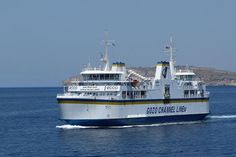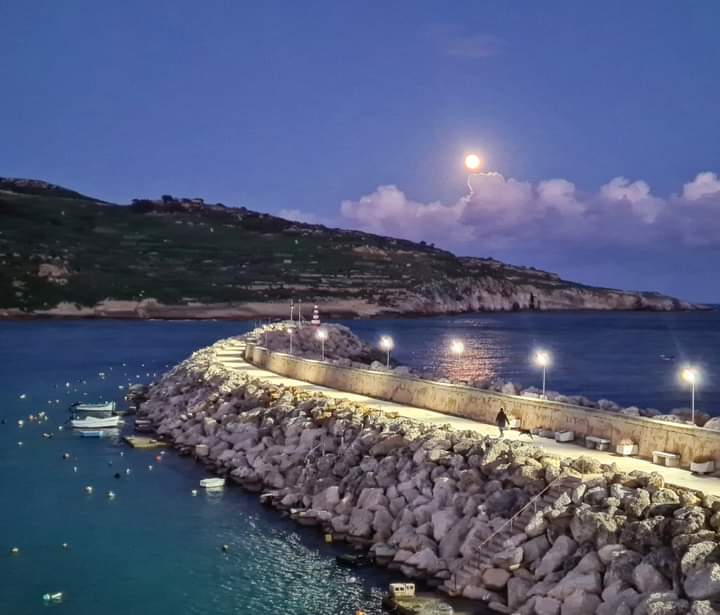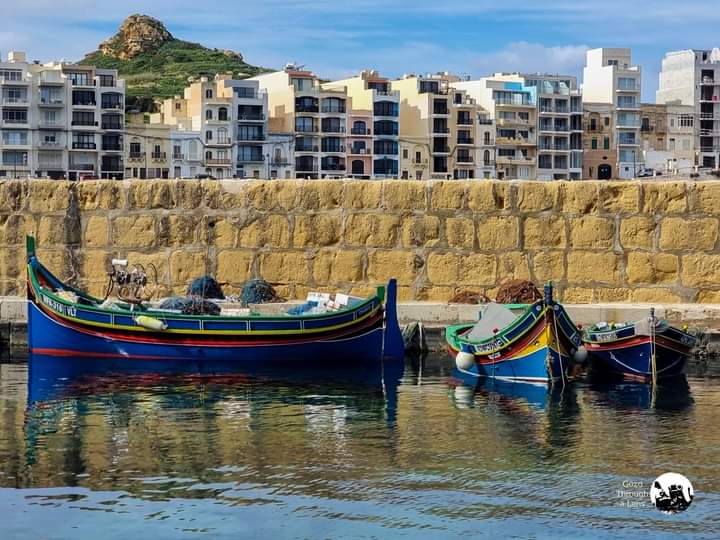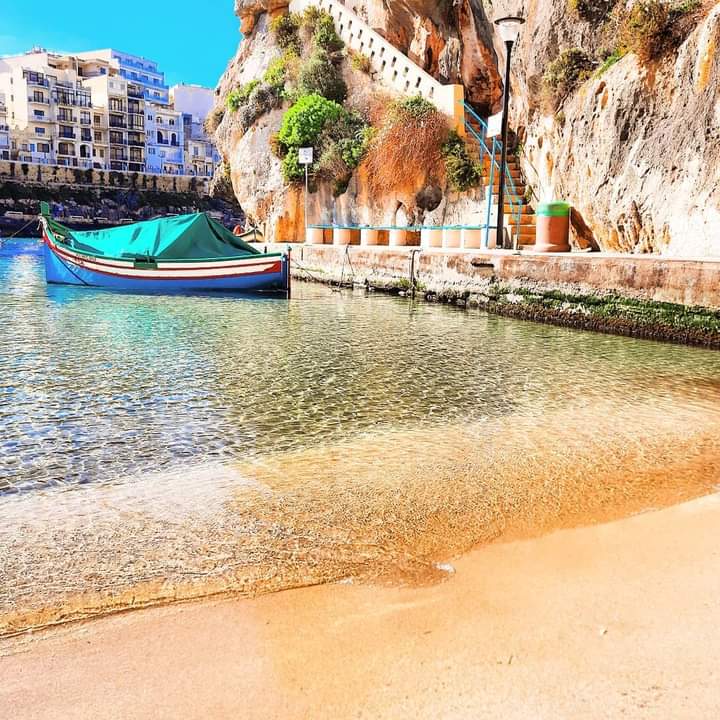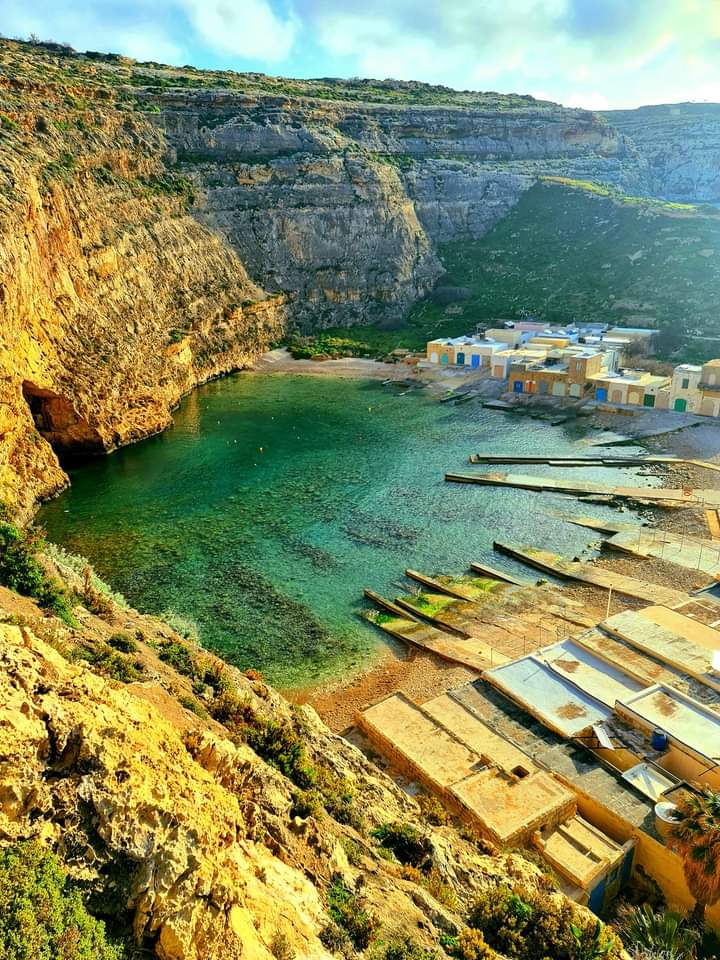Stunning Gozo Island: Love at the First Sight
If we investigate the pages of history then we can find out, that the beautiful Gozo Island is rich in history. Homer, the prominent poet of Greece describes it as `Calypso` in his famous mythological book ‘Odyssey’.
Dates back, Gozo Island was known as Calypso Island. The legend says, that once upon a time, a nymph was living on the Calypso Island. But that nymph was in love with a man who she had made captive for a long seven-years. The captive was the hero of Homer`s famous mythological book Odyssey.
In Castilian language, the word Gozo means ‘joy’. Also, the stunning Gozo Island gives a lot of pleasant experiences to the visitors who come from across the world. Tranquil environment and the lush green cover would make visitors feel happy. Besides, the tourists can visit several enchanting sea beaches, sprawling all over the island.
Gozo is the second largest island of the Malta's archipelago and home to a plenty of Azure windows. When a large limestone cave collapsed, many arch-shaped Azure Windows were formed.
The magnificent citadel positioned at the highest point of a hill in Rabat, is regarded as one of the strongholds of the Island. In the past, the Citadel provided security from external aggressions.
Gozo Island is also well-known for its well-preserved megalithic temples. All those centuries-old megalithic temples are famous for their free-standing structure and architectural grandeur. The Ggantija megalithic temple is one of those fascinating temples which have earned much reputation all around the world. It is no wonder, that the visitors love the island at the first sight. The island is a 25 minute boat ride away from Malta.
Xewkija & St John the Baptist Rotunda
Xewkija, which is situated between Ghajnsielem and the capital city, Victoria, is the oldest village in Gozo. It became the first parish outside Victoria on 27 November 1678. The name is derived from the Maltese word "Xewk", meaning "thistles" or "thorns". Xewkija is famous for its church, The Rotunda of Xewkija, which is dedicated to St. John the Baptist.
It is the Seat of the Knights of the Order of St. John and was built from Maltese stone by local masons and craftsmen. It is the largest in Gozo and its dome dominates the village. Its architect was Guze' D'Amato and it replaced an older church. The titular statue of Saint John the Baptist was sculpted in wood by Pietro Paolo Azzopardi in 1845.
Victoria & the Cittadella
Victoria, in Maltese known as il-Belt Victoria, is Gozo's Capital City. The area around the town, situated on a hill near the centre of the island, has been settled since Neolithic times. Victoria is the name given on 10 June 1887 by the British government on the occasion of Queen Victoria's Golden Jubilee, at the request of Pietro Monsignor Pace, Bishop of Gozo, later became Sir Pietro Monsignor Pace, Titular Archbishop of Rhodes and Bishop of Malta.
Many Gozitans, mainly older citizens, still often refer to it by the name Rabat. It is usually known as Rabat, Gozo to distinguish it from the town of Rabat in Malta.
Ggantija Neolethic Temples
Built before the famous standing stones at Stonehenge, the two temples making up this remarkable UNESCO World Heritage site have an extraordinary history. Built between 3600 and 3200 B.C, they fell into disuse around 2500BC and were not fully revealed to the modern eye until the nineteenth century. The name Ġgantija derives from the word ‘ġgant’, Maltese for giant, as Gozitans used to believe the temples were built by a race of giants. Not so surprising when you see the size of the limestone blocks from which it is constructed. Some of these megaliths exceed five metres in length and weigh over fifty tons.
The temples have a large terrace at the front which would probably have been used for ceremonial gatherings. Remains of animal bones suggest some sort of ritual involving animal sacrifice and the use of fire is evidenced by the presence of stone hearths. A number of libation holes in the floor may have been used for the pouring of liquid offerings.
Marsalforn & Xlendi Fishing Villages
Marsalforn is one of the most popular resorts on the Island. In summer it throbs with life as hundreds of Gozitan and Maltese families move in to spend the summer at the coast and foreign visitors arrive for a revitalizing dose of sun and sea. A beach of sand and small pebbles is backed by a promenade which runs right around the head of the bay, providing a pleasant place to stroll at all times of the year and a traditional summer evening gathering place for local families and visitors alike. Small fishing boats gather on the eastern side and in winter when almost everyone else has gone, the fishermen can still be seen peacefully repairing their boats and mending their nets.
Ix-Xlendi Bay is a popular swimming, snorkelling and diving spot. There is a small sandy beach leading into shallow waters perfect for young and old, while for the more adventurous it is delightful to swim and snorkel in deeper water off the long stretch of rocks bordering the beach. Because of its reef formations, ix-Xlendi is an ideal diving site, even for beginners. This is also a typical Gozitan fishing village and well-served with good restaurants, bars and hotels.
Ta' Pinu Sanctuary - A National Shrine
This sanctuary is visited by several pilgrimages daily. Both Karmni Grima and Frenc ta’ l-Gharb were buried inside this church due to their devotion towards Our Lady of Ta’ Pinu. This sanctuary is opened daily. A chapel stood on the spot even from before 1545, the year that the chapel had just been rebuilt. It was deconsecrated in 1575 by Mons. Dusina, but through the efforts of Pinu Gauci, (hence its nickname), it was restored to a very good condition after 1615. It was probably deconsecrated again in 1665 and by 1676 it was nearly a ruin however, it was soon restored.
Until the middle of the 1730's the locals and the noble family De Piro took care of it. Again, for years it was neglected but again thanks to a few devotees it was saved from ruin. The present Sanctuary is a place of pilgrimage for the Maltese. Its origins go back to June 1883 when a peasant woman was alleged to have heard the voice of the Virgin Mary in the old chapel. In the following years, many miracles and acts of grace were said to be manifested at the site. It was believed that the prayers said in the chapel saved Gozo from the plague which had stricken Malta at that time. The locals therefore decided to build a larger and more magnificent church on the site in honour of the Blessed Virgin. Funds were raised by Gozitans and expatriates. Work on the new church began in 1920, with voluntary labour from the local community. In 1931, Ta' Pinu was consecrated and a year later Pope Pius XI raised it to the status of Basilica.
The original 16th century chapel was fully integrated into the new church. One can see it at the far end behind the main altar, full of its original paintings and votive tablets. The titular painting is from 1619 and is by Bartolomeo Amadeo Perugino. The church, with its fine tower, was built in Romanesque style and dominates the skyline.
Dwejra & Inland Sea
Dwejra, with its dramatic coastal formations and sea spilling over the rocks, is a magical attraction. Here you can swim in the spectacular deep sea of the bay, in the calm shallows of the inland sea or in the foamy waters around the Blue Hole – one of Gozo’s top dive-sites. Dwejra is also home of the Fungus Rock or, as it is locally known, “Il-Ġebla tal-Ġeneral”, General’s Rock. It is so called in remembrance of the Italian General who centuries ago fell to his death while supervising quarrying in the area.
History tells us that a special plant believed to have medicinal and healing properties used to grow on Fungus Rock and because of this the Rock used to be heavily guarded during the era of the Knights of Malta. Anyone caught stealing the crop was sentenced to death or to a life rowing the Knights’ galleys. The crop was picked and brought to the mainland using a primitive system of baskets and pulleys.
The Inland Sea is one of Gozo’s most scenic, most visited tourist attractions, a natural sea water pool with a deep, narrow, 80 metre long tunnel through the cliff leading to the open sea. White pebbles form a semi-circular beach surrounded by boathouses, one of which was conveniently turned into a café. Small boats whizz tourists out of the tunnel on sightseeing trips to the caves and the cliffs near to where the Azure window once stood. The sea is deep and most recreational divers dive on the wall far from the seabed.
